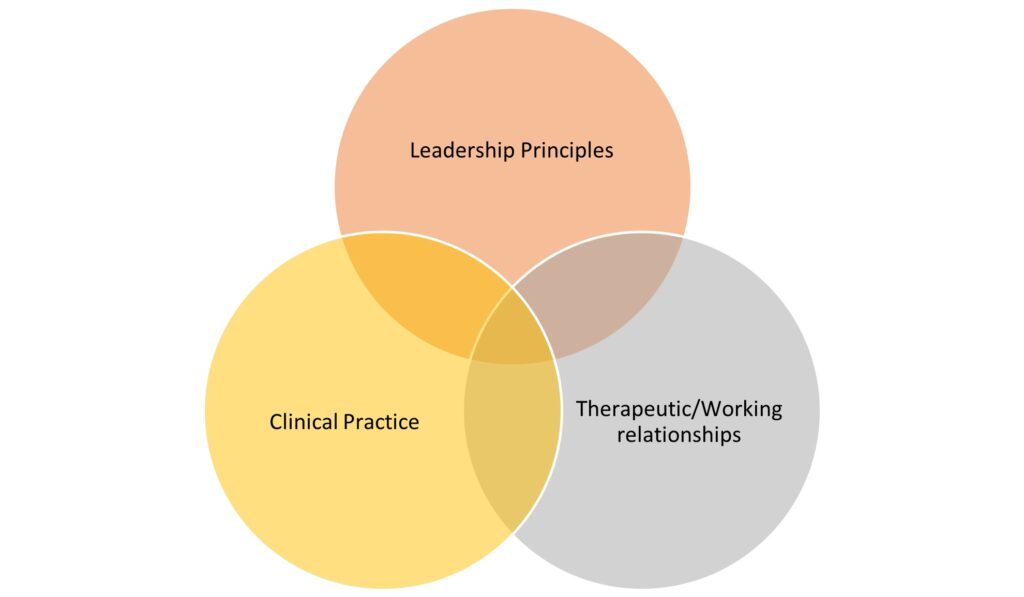Being a Leader Within Practice

Leadership theory and practice seems to be delivered for those who work within leadership and management environments, whilst clinicians understandably work hard on their clinical skills to improve the care of patients. However, we propose that many of the leadership development principles are entirely transferable into a clinician’s development of practice and reasoning.
Leaders present themselves as trusted individuals, who offer credibility, integrity and knowledge. They possess emotional intelligence and have excellent reflective skills. We can say that leaders stay calm, offer motivation, vision, and compelling narratives that we can all sign up to. Real leaders are inclusive, offer opportunities, share success and can be very adaptable.
Adaptable leaders can be transformational, transactional, direct or relaxed, depending on the context, the environment and the team in front of them. They learn through experience and theory, the team comes first and they will remain humble yet able to recognise when things go right.
So, how many of these perspectives align to the hard working, developing clinician? We propose all!

Clinicians who adapt, provide a vision, work with integrity and knowledge yet are humble enough to be very critically reflective are THE clinicians who are able offer the compelling support in care. Leading is not telling, and nor is clinical practice; it’s about delivering a story for patients to work within that is safe and supportive with the right environment to succeed.
As any clinician will know, the key to the therapeutic alliance is trust and respect, and building these are clinical AND leadership skills. The trust in that individual allows for the team member or patient to see something differently, to understand there may be a solution, yet the clever leader/clinician wishes to empower that patient/team member to succeed and to see that success can be collaborative, and in fact led without the leader at the front.
In conclusion, leadership courses, principles and theories are intertwined in how clinicians at every level behave and support their patients. It might be worth adding these principles of practice to the clinical theory to offer a different lens on how clinical practice can develop.